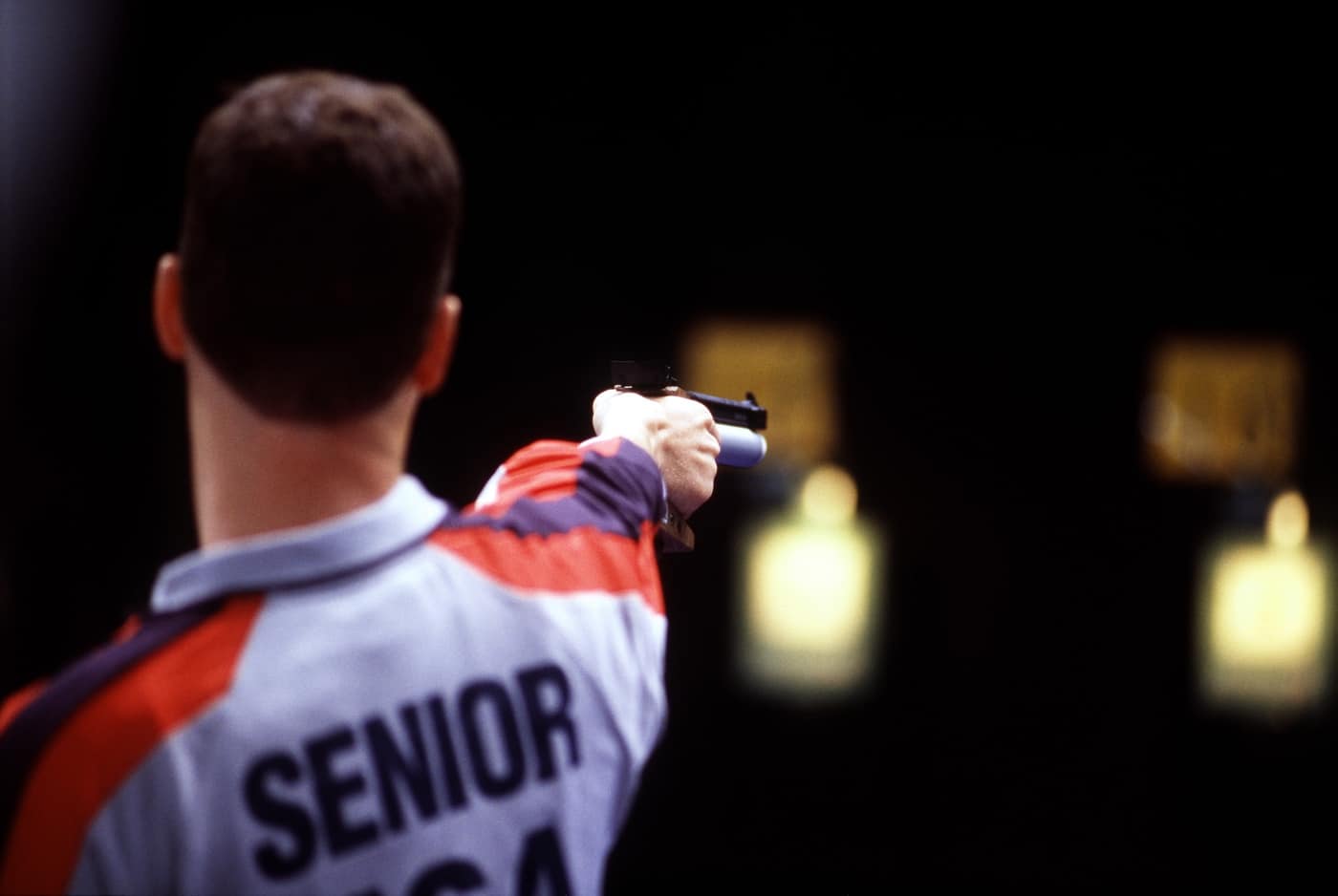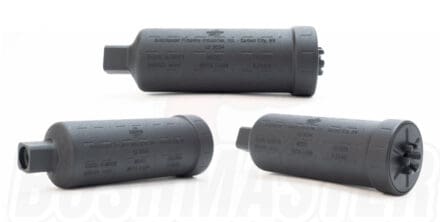I first fell down the rabbit hole of guns and firearm ownership from the perspective of a target shooter. I thought it was a cool activity, and I appreciated the challenge of getting my groups to be as small as possible. Much of my own personal collection tends to reflect that: I have (and shoot) what a lot of Gen-Z would consider to be “unserious” calibers, often out of rifles and handguns more than 60 years old.
Today, I spend more time thinking about the general idea of preparedness. I find myself buying more gear than I used to, including holsters, optics and lights. The equipment I purchase tends to be more rugged and more durable than similar things I’ve bought in the past, and I appreciate designs that have been tested in the real world by soldiers and law enforcement officers. A good number of our readers will likely find themselves in a similar position with their buying habits, assuming they aren’t already there.
Over the last year, however, I’ve realized that there are a number of habits and preferences I developed as a target shooter that have not been entirely helpful when it comes to trying to master more defensive skill sets. In particular, I’ve spent a lot of time analyzing how I pull a handgun trigger, and I’ve come away with a motto I now continually tell myself: “Don’t get cute.”
“Perfect” Trigger and Press — To a Target Shooter
The description of a “perfect” trigger press often sounds like this: With the pad of the index finger perfectly flush against the face of the trigger, the shooter begins taking up the slack until he or she hits a wall of resistance. From there, pressure steadily increases until the shot breaks — all the better if this is a “surprise” break that keeps the shooter from flinching or shoving against the gun under recoil.

Many will also describe the care that must be taken not to disturb the sight picture throughout this process. This has ramifications on technique: a slower, more fluid press will result in less tendency to jerk the gun in any one direction. The placement of the index finger pad on the trigger face is similarly suggested as a way to ensure that the control travels straight back as opposed to being inadvertently pushed left or right.
Speaking of pull, there’s also the matter of fine versus gross movements. Due to sympathetic responses in the body’s nervous system, it’s hard to do one thing with your index finger and something else with the other four digits of the same hand. If you squeeze a gun as hard as you can, it’s really hard to move the trigger finger fluidly and easily. Target shooters generally advise their mentees to back off the tension applied by the dominant hand until the trigger finger can move without stiffness. A “firm handshake” level of grip strength typically accomplishes this task.

This description of the “ideal” press also recommends a certain kind of trigger — a light one. The heavier the weight required before the trigger trips the sear, the more pressure the shooter has to impart to the gun, which results in a greater likelihood that the firearm will suddenly break in one direction or another once that resistance is overcome. Imagine pulling against a stuck desk drawer or trying to unscrew a tight jar lid: there’s a point where all of that force gets suddenly converted to movement.
Issues Emerge
The advice of slowly squeezing the trigger to the rear of the gun has one easily identifiable flaw: it’s slow. The process of getting on the gun becomes one of deliberation, often using one hand to build the grip on the other. Then, the trigger finger placement is resolved. One part of the trigger motion is completed, and then the shooter stops at the wall. Then, more slow, steadily increasing motion is required to trip the sear and break the shot. And, if the trigger pull causes any wobble in the sight picture, a shooter may reason this whole procedure was performed too quickly and needs to be slowed down.

The astute will also notice that with this traditional, “common knowledge” advice of how to shoot a handgun, grip strength is sacrificed to make the trigger finger behave in an ideal way. Within this school of target shooting, fluidity of the trigger press is prioritized over a rock-solid hold on the gun — and if you want to get a firearm back on target as fast as possible for a second accurate shot, a tight grip is a good thing.
Anecdotally, I can tell you that valuing a light trigger over all else will also make people into snobs when it comes to running guns that are, objectively, just fine. The target shooter will become aware of even the smallest burr, piece of grit, hitch or creep in the trigger pull. At best, it may slightly sour a range trip. At worst, a shooter may dump hundreds of dollars into making a trigger “better,” or in the most extreme of cases, might perform some amateur gunsmithing that runs afoul of a firearm’s baked-in safety features.
What I Do Now
Sure, the traditional advice is a sound path to marksmanship. But, when the intermediate embarks upon his or her quest to improve, they’re going to encounter advice that doubles down on addressing the first round out of the gun, with little mention or consideration for those that might follow.

Using myself as an example, I got very good at the “perfect” trigger press on my target-grade .22s. But for years, when I shot any kind of polymer or “duty” type handgun, I was getting my own way. Frankly, I was getting cute with the take up and tickling the trigger with my finger and trying to figure out on any new gun what placement of the digit would give me a group I could cover with a nickel instead of a quarter.
In an effort to rid myself of cuteness, I’ve greatly simplified the process of pulling the trigger. I use the crease of the index finger to quickly get to the wall. Once I know I’m there, I purposely pull through the resistance. I have stopped being conscious of steadily trying to increase pressure. I just pull the darned thing. Mentally, it’s something like, ON, WALL, BANG. The trigger “press” isn’t quite on the level of a jerk, but more of a twitch. After a while, you’ll learn what amount of pressure it takes to fire the gun, and if you give it about 20% more than that in the name of ensuring a positive pull, it’s not like you’re going to yank your shot a mile wide.

From the second shot forward, and with the trigger pinned to the rear, I let off the pressure of my index finger enough for the rebound spring on the trigger to carry the digit forward. Mentally, I’m hunting for the “click” of the reset, which is as much a kinetic feel as it is a detectable sound. OUT, BANG, OUT, BANG.
Unsurprisingly, split times are better when my arms are mostly straight and when I just worry about one level of grip strength in both hands: hard. I wouldn’t say it’s tremor inducing, but I’m willing to deal with some stiffness in my index finger when I see the front sight coming back down onto the target so much more clearly and decisively.
The Wrap-Up
As Socrates once said, “The only thing I know is that I know nothing.” As I began to move my priorities away from how small I could make my groups to how quickly I could produce an acceptable group at a given distance, I found I had hit a plateau. Pushing past it required careful analysis of what “common sense” target shooting advice was working for me and what wasn’t.

I’ll cede the point that today I may be simply executing the “fundamentals” ingrained over twenty years — just faster. It sure doesn’t feel that way, though. Instead, growth has come as a result of greatly simplifying my trigger press and making peace with the slight increase in dispersion that comes with it.
I was living proof of the old saying: if you’re fully comfortable in your practice, you’re probably not training hard enough. If any of the above rings true to you, I’d offer this: stop getting cute with your trigger press. You just might experience a breakthrough.
Editor’s Note: Please be sure to check out The Armory Life Forum, where you can comment about our daily articles, as well as just talk guns and gear. Click the “Go To Forum Thread” link below to jump in and discuss this article and much more!
Read the full article here








Leave a Reply